July 2025 Future Beef Newsletter
Upcoming Events
Fri 25th July at 6pm: Future Beef farm walk on Kay O’Sullivan’s farm, Mourneabbey, Mallow, Co. Cork
Top Tips for July
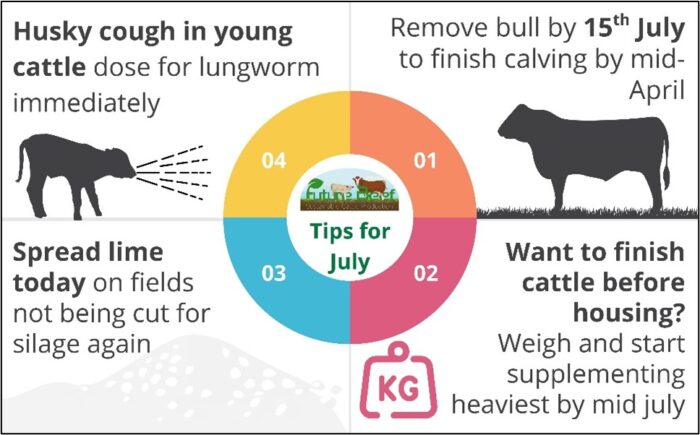
Farm Update – Ed Curtin
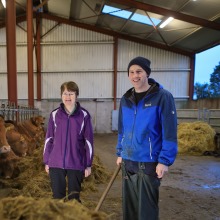
Ed pictured with his mother Breda
Ed Curtin is farming based in Meelin, Co Cork. Ed operates a suckler-to-weanling and dairy calf-to-beef enterprise. The farm consists of three blocks of land, approximately 43ha in total.
- One of these home blocks is heavy in nature and is a Special Protection Area for Hen Harriers. Farming restrictions are in place to protect harrier habitats.
- The second home block is also heavy clay soil, whereas
- the third block is rented land which is a lighter, more free-draining soil.
Ed currently runs a herd of top quality autumn calving Limousin cows selling all calves as weanlings. All cows calve to AI sires. Up until now Ed has been producing Belgian Blue weanlings for the high end weanling market. Heifers are generally bred from within the herd by using maternal type Limousin AI sires. Ed works full time off farm with Dairygold as an Area Sales Manager and in order to reduce the labour associated with calving Ed has AI’d all cows to Limousin bulls for the 2025 calving season.
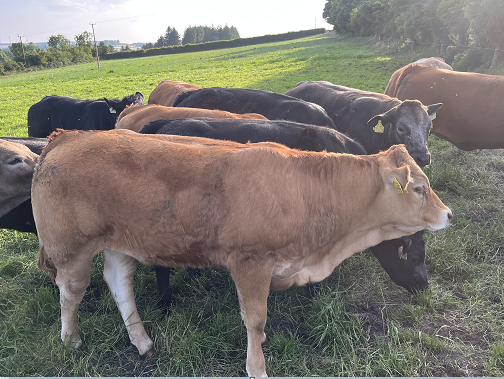
Figure 6: – Heifer 624 EBY sired heifer with a milk sub index of 4.5kg of milk
Ed has noticed weaning weights started to reduce and can relate this back to a low daughter milk sub index within the herd. Ed plans to increase the amount of milk within the herd by selecting heifers for breeding that are strong on maternal traits paying particular attention to the daughter milk sub index.
Ed also runs a dairy calf to beef system. Ed buys in 68 dairy beef calves in the spring and rears them to beef. The higher CBV continental crosses are finished as u 16 month young bulls with the early maturing Angus and Hereford crosses finished as steers.
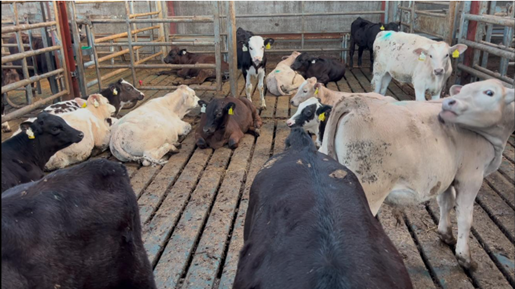
Figure 2 – 2025 born weaned dairy beef calves
Ed has completed a fodder budget and is using it to forecast his requirements for making high quality bales for winter feed. The second cut will be cut in the next 2 weeks and the budget will be reassessed following this cut. Bales are stored in line with nitrates regulations by stacking them no more than 2 bales high and maintaining a buffer of more than 20 metres from any watercourse.
Farm Update: Improving Soil Fertility: Oliver’s Success Story
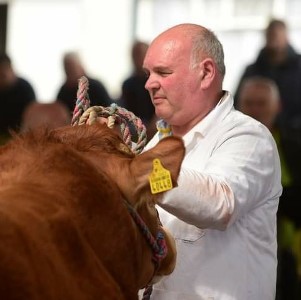 Oliver O’Hara is farming 43 ha with 28 suckler cows and 120 ewes in Leckaun in Co. Leitrim. The suckler stock as mainly sold as weanlings or forward stores and the lambs are either sold live or to the factory.
Oliver O’Hara is farming 43 ha with 28 suckler cows and 120 ewes in Leckaun in Co. Leitrim. The suckler stock as mainly sold as weanlings or forward stores and the lambs are either sold live or to the factory.
Improving soil fertility is key to growing more grass, reducing fertiliser bills, and boosting sustainability. Oliver O’Hara recently re-sampled his farm to track improvements since 2022—and the results are impressive.
He took 31 soil samples across his farm, including the out farm in Carrowkeel. The results showed that 51% of the farm now has good soil fertility, defined by a pH above 6.2 and index 3 or higher for both phosphorus (P) and potassium (K). This is a major leap from just 14% in 2022.
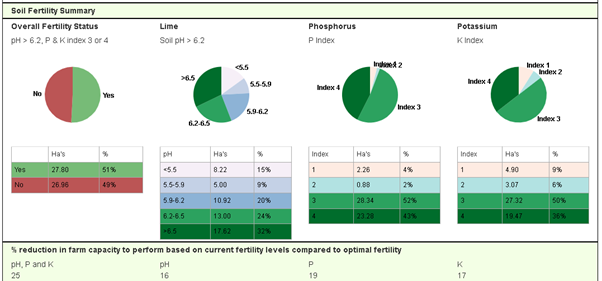
Figure 1 – Soil fertility summary of Oliver’s farm
So what changed?
- Lime spreading: Oliver applies lime little and often, with a strong focus on the out farm. This raised the pH above 6.2 across an extra 19% of land in just three years.
- Fertiliser and slurry: By using 18-6-12 compound fertiliser and targeting slurry to silage ground, Oliver increased the percentage of land in P index 3 or 4 from 57% to 95%.
Looking ahead, his new samples recommend to spread 160 tonnes of lime over the next two years. Because his P indexes are now high, he’s restricted in using chemical phosphorus. Instead, he will use protected urea as his straight nitrogen source to cut costs. He’ll also target fields low in K (15% of the farm) using muriate of potash or a compound like 29% N + 14% K + S.
Building soil fertility isn’t just about better yields—it’s about smarter farming. Oliver is seeing better fertiliser response, more grass growth, lower input costs, and a reduced carbon footprint as a result.
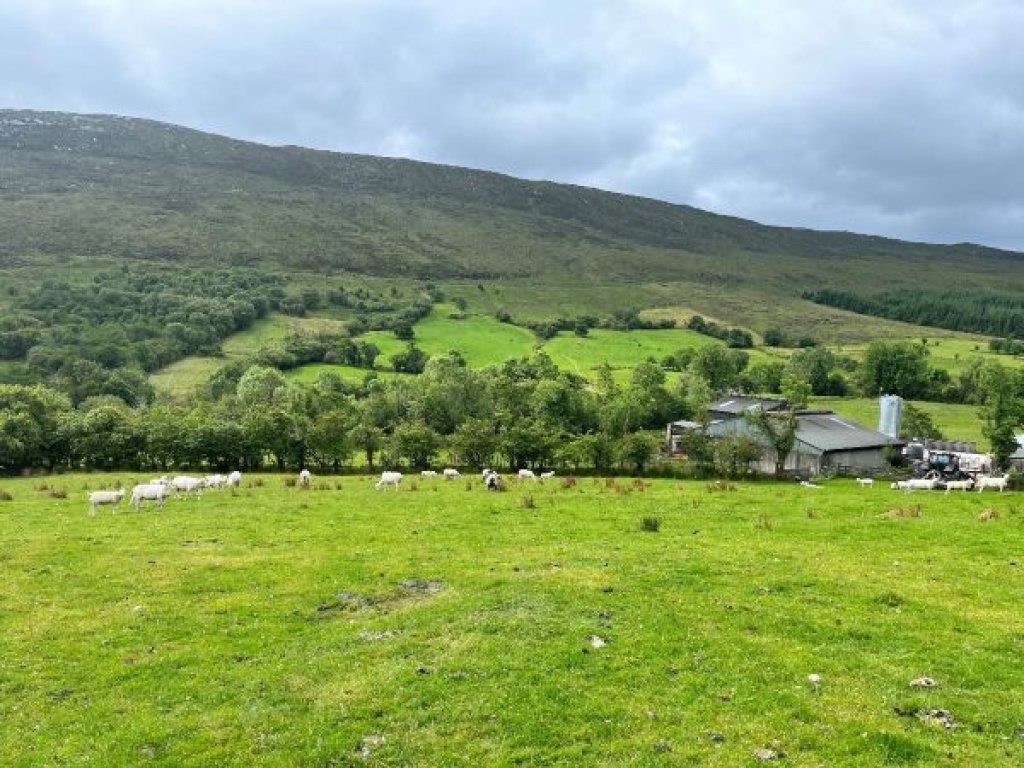
Figure 2: Ewes and lambs grazing above the yard in Leckaun
Technical Update – Worm Control in Cattle:
How Irish Farmers Can Maintain Thrive and Avoid Resistance
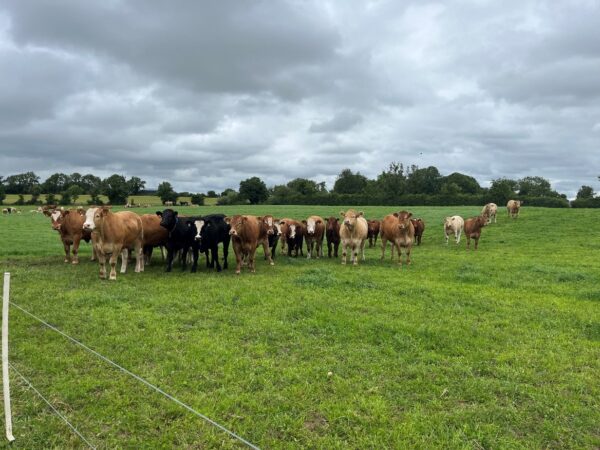
Effective worm control in cattle is essential for maintaining thrive and animal health. However, growing resistance to anthelmintics (wormers) is a serious concern. A Teagasc study on 17 Irish farms found 100% resistance to ivermectins, 60% to albendazoles, and 18% to levamisoles in gut worm populations.
To help Irish farmers reduce anthelmintic resistance, follow these key strategies:
- Use a leader-follower grazing system.
- Mixed grazing – graze cattle and sheep on the same pastures.
- Graze youngest animals on lowest risk pastures.
- Monitor animal performance and take faecal egg counts (FECs).
- Follow best practice when dosing animals.
- Test for resistance. Learn about the new MARCS project
- Don’t dose and move, learn why by clicking the read more link below
Choosing the right wormer for your farm, based on test results—not just rotating products—is key to sustainable worm control in Irish livestock systems. Read more about the strategies to reduce anthelmintic resistance
Technical Update – 5 Simple Tips to Keep Grass Quality Right in June
Grass growth has been good for the last month – great news, but only if you keep it under control. If grass gets too strong or stemmy, cattle won’t clean it out properly, and weight gain can suffer. Here’s how to stay on top of things:
- Walk the Farm Weekly
Grass can shoot up overnight. Walk your paddocks once or twice a week to keep track. If a paddock is getting ahead, take it out for bales before it gets too strong. - Use Strip Wires
If paddocks are big or grass is heavy, use a strip wire to divide them. This keeps cattle grazing tighter, cuts waste, and keeps grass leafy for the next round. - Aim for 4cm Residuals
After grazing, aim to leave paddocks down to 4cm — that’s just above the soil. It keeps regrowth leafy. If cattle don’t clean it out, run dry cows or lighter stock after them, or top it. - Bale Strong Covers
Don’t force cattle to graze strong, stemmy paddocks. Cut them for bales instead. You’ll improve grass quality across the rest of the farm and build up good silage too. - Keep Fertiliser Going
Feed the grass to keep it coming. Aim for 20 units of nitrogen/acre fertiliser application on grazing paddocks that have less than 25% white clover content. Don’t forget sulphur, P and K — they matter for quality too.
Final Word:
Keep walking the farm and make small adjustments. Keeping grass fresh and leafy means better thrive and quality silage later
